Meat Dicer Solutions For Large Central Kitchens
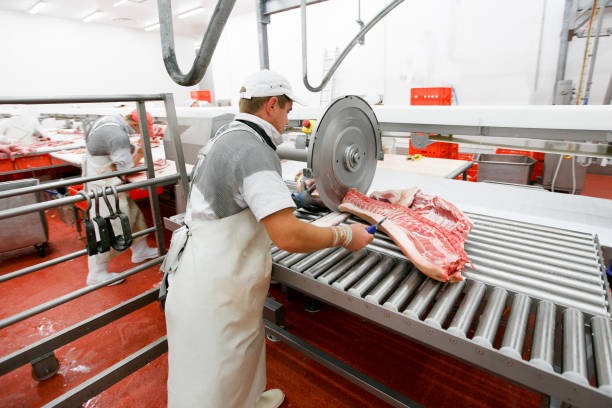
Scaling Up Deliciousness: The Meat Dicing Challenge in Large Central Kitchens
Welcome to the heart of culinary mass production – the large central kitchen! It's a place where consistency, speed, and safety aren't just aspirations; they're the fundamental tenets of operation. You're tasked with preparing vast quantities of ingredients to perfection, supplying multiple outlets or fulfilling large catering orders. Among the many preparatory challenges, processing meat, specifically dicing it uniformly and rapidly, stands out as a significant hurdle. Scaling up deliciousness requires more than just bigger pots; it demands specialized equipment capable of meeting extraordinary demands.
Why Standard Equipment Just Can't Cut It Anymore
Perhaps you've tried using smaller, commercial-grade dicers, the kind perfectly adequate for a single restaurant kitchen. You likely discovered quickly that they buckle under the relentless pressure of central kitchen volumes. These standard machines overheat, their blades dull prematurely, and their throughput becomes a frustrating bottleneck rather than a streamlined process. They simply lack the puissance and stamina required for the marathon, not the sprint, that defines central kitchen operations. Pushing standard equipment beyond its design limits leads to breakdowns, inconsistencies, and ultimately, operational inefficiency.
The Unique Demands of High-Volume Central Kitchens: Speed, Consistency, Safety!
Operating a large central kitchen presents a unique operational triad:
Speed: You need to process immense quantities of meat – often hundreds or thousands of kilograms – within tight production schedules. Throughput isn't just important; it's everything.
Consistency: Every dice must be uniform, batch after batch, day after day. This ensures even cooking, accurate portion control across all receiving locations, and meets brand quality standards without deviation.
Safety: With high-speed machinery and large volumes of raw product, maintaining impeccable food safety standards and ensuring operator well-being are non-negotiable priorities.
Meeting these three demands simultaneously requires equipment engineered specifically for this high-stakes environment.
Introducing the Workhorse: Heavy-Duty Meat Dicers Built for Scale
Fear not, for the food processing industry has engineered the perfect solution: heavy-duty, industrial-grade meat dicers specifically designed for the colossal task faced by large central kitchens. These aren't merely scaled-up versions of smaller machines; they are veritable workhorses, built from the ground up with robust components, powerful drive systems, and intelligent designs optimized for continuous, high-volume operation. They represent a paradigm shift in meat preparation capability.
What Makes a Dicer "Central Kitchen Ready"? Defining the Difference
A dicer truly ready for the rigors of a central kitchen possesses a distinct set of characteristics. It boasts significantly higher throughput capacity, often measured in tons per hour rather than pounds. Its construction utilizes heavier gauge stainless steel and reinforced frameworks. The motors are substantially more powerful, designed for continuous duty cycles. Blade systems are more robust and often feature quicker change mechanisms. Furthermore, integration capabilities with other production line equipment and advanced safety features are typically standard. It’s a fundamentally different class of machine.
Powering Through Production: Unbeatable Benefits of the Right Dicer
Investing in a dedicated, heavy-duty meat dicer isn't just about keeping up; it's about gaining a significant competitive edge through a cascade of operational benefits. It’s about transforming a potential bottleneck into a powerhouse of productivity.
Unleash Warp Speed: Process Tons, Not Pounds!
The most immediate impact is a dramatic increase in processing speed. These machines can dice enormous quantities of meat at rates that dwarf standard equipment, allowing you to meet demanding production targets with ease and potentially even expand your operational capacity. Imagine turning hours of dicing into mere minutes.
Consistency is King: Perfect Dice, Every Single Time, Across Batches
Say goodbye to variations in dice size. Heavy-duty dicers deliver unparalleled consistency, ensuring every piece meets your exact specifications. This uniformity is critical for downstream cooking processes, portion control accuracy, and maintaining the high-quality standards your customers or outlets expect across every single serving.
Slash Labor Costs: Let Automation Handle the Heavy Lifting (and Dicing!)
Automating the dicing process significantly reduces the manual labor required for meat preparation. Staff previously bogged down with laborious, repetitive manual dicing can be reallocated to more value-added tasks. This reduction in labor hours translates directly into substantial operational cost savings over time.
Safety First, Volume Second: Minimizing Risks in High-Speed Environments
Manual dicing, especially at scale, carries inherent risks. Automated, enclosed dicing systems with robust safety guards, interlocks, and emergency stops drastically minimize operator exposure to sharp blades and moving parts, fostering a safer working environment despite the high volumes being processed.
Maximize Your Yield: Less Waste, More Perfect Portions
The precision cutting action of these machines minimizes tearing and shattering, resulting in cleaner cuts and significantly less product waste compared to manual methods or less capable equipment. Maximizing the yield from every kilogram of raw meat directly improves your bottom line.
Choosing Your Dicing Champion: Types of Machines for Central Kitchens
Not all heavy-duty dicers are identical. Selecting the right type depends on the specific nature of your product and workflow within your central kitchen.
Fresh vs. Frozen Focused: Selecting Based on Your Primary Product State
Some dicers excel with fresh, chilled meat, offering delicate handling. Others are specialized behemoths designed to power through partially frozen or tempered blocks, offering advantages in temperature control and firmness for cleaner cuts. Choose based on whether your primary input is fresh or requires handling frozen product. Some versatile models may handle both, but often excel at one state over the other.
Continuous Feed vs. Batch Processing: Matching Workflow Needs
Consider how meat flows through your kitchen. Continuous feed systems integrate seamlessly into automated lines, constantly processing product as it arrives via conveyors. Batch processing machines require loading specific quantities but might offer flexibility for handling different product types or smaller, varied runs within the larger operation.
Capacity Kings: Finding the Throughput Your Kitchen Demands
Evaluate your peak processing requirements – how many kilograms or tons per hour do you need to dice during your busiest periods? Select a machine with a rated capacity that comfortably exceeds this demand, providing a buffer and accounting for potential future growth.
Must-Have Features: The Non-Negotiables for Central Kitchen Dicers
When investing in equipment of this scale, certain features are absolutely essential for ensuring performance, reliability, and safety in a demanding central kitchen environment.
The Muscle Behind the Machine: Why Motor Power is Paramount
Don't underestimate the need for power. Processing large volumes continuously, especially if dealing with firmer or partially frozen meat, requires a high-horsepower motor designed for sustained, heavy-duty operation. An adequately powered motor prevents strain and ensures consistent cutting force.
Built Like a Fortress: Construction That Withstands Relentless Use
Central kitchen equipment endures constant use. Look for exceptionally robust construction – typically heavy-gauge, food-grade stainless steel (like 304 or 316), reinforced frames, high-quality welds, and durable components designed to withstand vibration and the rigors of an industrial environment.
Blades That Mean Business: Durability and Precision Cutting Edges
The cutting set is where the magic happens. Blades must be made from high-hardness, durable materials capable of holding an edge despite processing large volumes. Precision engineering ensures clean cuts, and the design should facilitate relatively easy removal for cleaning, sharpening, or replacement.
Simplicity at Scale: User-Friendly Controls for Diverse Teams
Despite their complexity, the machine's day-to-day operation should be relatively straightforward. Intuitive controls, clear displays (often touchscreen HMIs - Human Machine Interfaces), pre-set programs, and simple adjustment mechanisms allow diverse teams to operate the equipment efficiently and safely with appropriate training.
Sanitation Simplified: Designing for Fast, Effective Cleaning
In a high-volume environment, rapid and effective cleaning is crucial for food safety and minimizing downtime. Look for machines designed with sanitation in mind: smooth, sloped surfaces; easily accessible cutting chambers; quick-release components; minimal crevices; and materials resistant to harsh cleaning agents.
Integrating Your Dicer: Seamlessly Fitting Into Your Production Line
A standalone machine is useful, but true efficiency in a central kitchen comes from seamless integration into the overall production flow.
From Delivery to Dice: Mapping the Dicer's Role in Your Workflow
Consider the entire process: How does raw meat arrive? How is it prepared before dicing? How is the diced product transported away? The dicer should fit logically within this flow, minimizing unnecessary handling, delays, or crisscrossing paths within the kitchen.
Automated Loading & Unloading: Advanced Integration Options
For peak efficiency, explore options for automated integration. This could involve conveyor systems feeding meat directly into the dicer's hopper and discharging diced product onto another conveyor leading to packaging, cooking, or chilling zones. This minimizes manual touchpoints and maximizes throughput.
Maximizing Uptime: Maintenance Strategies for Continuous Operation
In a central kitchen, equipment downtime is costly. Proactive maintenance is key to keeping your dicing workhorse running smoothly.
Predictive Maintenance: Staying Ahead of Potential Downtime
Implement a robust preventative maintenance schedule based on manufacturer recommendations and operational hours. Utilize sensors or monitoring systems (if available) to track performance and predict potential issues (like motor strain or blade wear) before they cause a breakdown.
Quick-Change Parts: Minimizing Delays During Blade Swaps or Cleaning
Choose machines designed with quick-change blade sets and easily removable components. This significantly reduces the time required for essential tasks like cleaning, sanitation, blade sharpening/replacement, or changing dice sizes, getting the machine back into production faster.
Investing Smart: Calculating the ROI for Your Central Kitchen Dicer
A heavy-duty dicer is a significant capital investment. Justifying this requires looking beyond the initial cost and focusing on the return on investment (ROI).
Beyond the Sticker Price: Long-Term Value and Savings
Calculate the tangible savings: reduced labor costs, improved yield (less waste), increased throughput enabling higher production volume, and potentially lower energy consumption compared to running multiple smaller machines. Factor in the less tangible benefits like improved consistency, enhanced safety, and reduced risk of costly breakdowns associated with inadequate equipment. The long-term value often far outweighs the initial purchase price.
Making the Right Choice: Tailoring the Solution to Your Kitchen
The "best" dicer is the one that perfectly aligns with your central kitchen's specific needs – your product type (fresh/frozen), required volume, desired dice sizes, existing workflow, budget, and space constraints. Thoroughly assess your requirements before engaging with equipment suppliers.
FAQs: Your Central Kitchen Dicing Questions Answered
What Kind of Throughput Can We Realistically Expect?
This varies greatly depending on the model, motor power, dice size, and type of meat. However, heavy-duty dicers designed for central kitchens can range from several hundred kilograms per hour to multiple tons per hour. Manufacturers provide specific throughput ratings for their machines.
How Much Training is Typically Required for Operators?
While controls are often user-friendly, proper training is essential for safe and efficient operation, cleaning procedures, and basic troubleshooting. Reputable manufacturers usually offer training programs, and kitchens should implement their own standard operating procedures (SOPs). Initial training might take a few hours, with ongoing reinforcement.
Can These Machines Handle Different Types of Meat (Beef, Pork, Poultry)?
Yes, most industrial meat dicers are designed to be versatile and can effectively process various common meat types like beef, pork, and poultry. Some can also handle other products like certain cheeses or even firm vegetables, but always verify suitability with the manufacturer.
What Are the Key Considerations for Cleaning in a High-Volume Setting?
Speed: Design features allowing quick disassembly/reassembly are crucial.
Accessibility: Easy access to all food-contact surfaces is paramount.
Effectiveness: Smooth surfaces and elimination of harbor points for bacteria.
Durability: Resistance to industrial cleaning chemicals and high-pressure washing (if applicable).
Verification: Procedures to verify cleaning effectiveness (e.g., ATP swabs).
How Loud Are These Industrial Dicers During Operation?
Due to their powerful motors and the nature of cutting dense product, industrial dicers can generate significant noise. Operating noise levels (measured in decibels, dB) should be available from the manufacturer. Appropriate hearing protection for operators in the immediate vicinity is often required, and facility design may incorporate noise dampening measures.
Can We Achieve Different Dice Sizes with the Same Machine?
Absolutely. Most industrial dicers achieve size flexibility through interchangeable cutting sets (grids and blade assemblies). Changing these sets allows you to produce various dice dimensions (e.g., 6mm, 10mm, 15mm, 20mm, 25mm) from the same machine, though the changeover process takes time.
Are There Options for Handling Both Fresh and Frozen Meat?
Yes, some manufacturers offer versatile models designed to handle a range of temperatures, from chilled/fresh up to partially frozen blocks. However, machines optimized specifically for deep frozen product often have distinct design features (e.g., more power, different blade types) compared to those primarily for fresh meat. Discuss your full temperature range requirements with suppliers.
Conclusion: Elevate Your Central Kitchen with Precision Dicing Power!
In the high-stakes environment of a large central kitchen, settling for inadequate equipment is not an option. Investing in a heavy-duty meat dicer specifically designed for your scale and demands is crucial for achieving the speed, consistency, and safety required. It’s the key to unlocking peak performance in your meat preparation process, reducing costs, and ensuring the quality that defines your operation.
Ready to Revolutionize Your Meat Prep? Let's Find Your Perfect Dicing Solution!
If you're ready to move beyond the limitations of standard equipment and equip your central kitchen for true dicing dominance, it's time to explore the powerful solutions available. Assess your needs, evaluate the features, and engage with expert suppliers to identify the heavy-duty meat dicer that will become the cornerstone of your efficient, high-volume meat preparation line. Your journey to scaled-up deliciousness starts now!
Must-Read Blogs For Chain Restaurants Owner

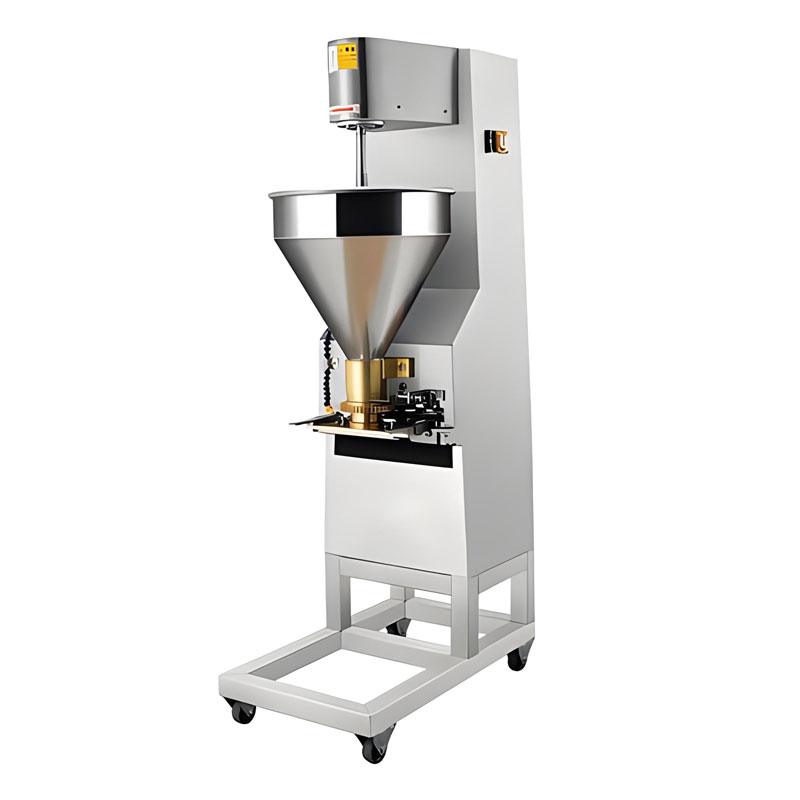
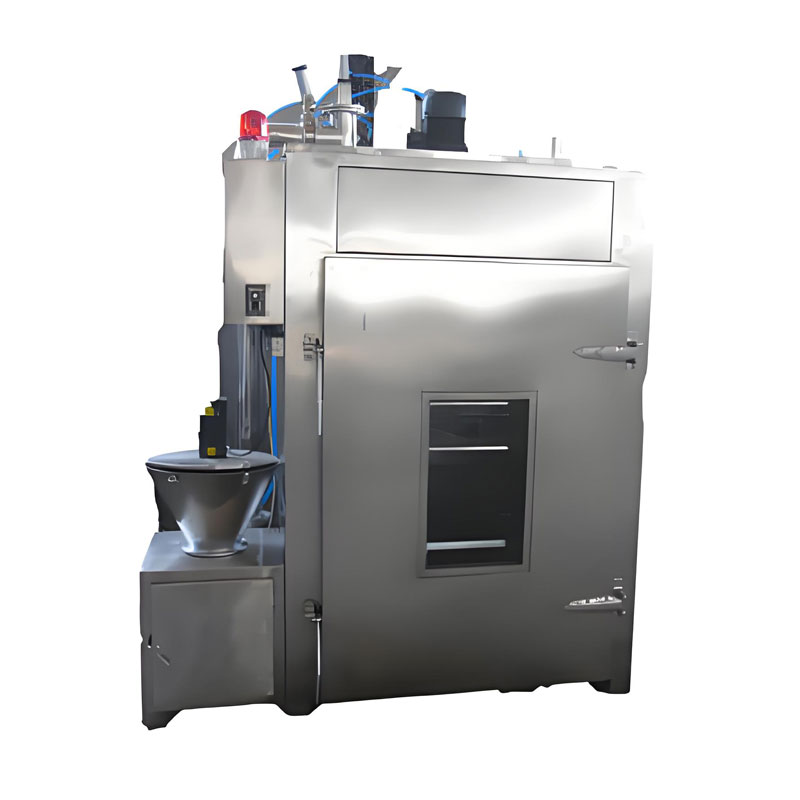
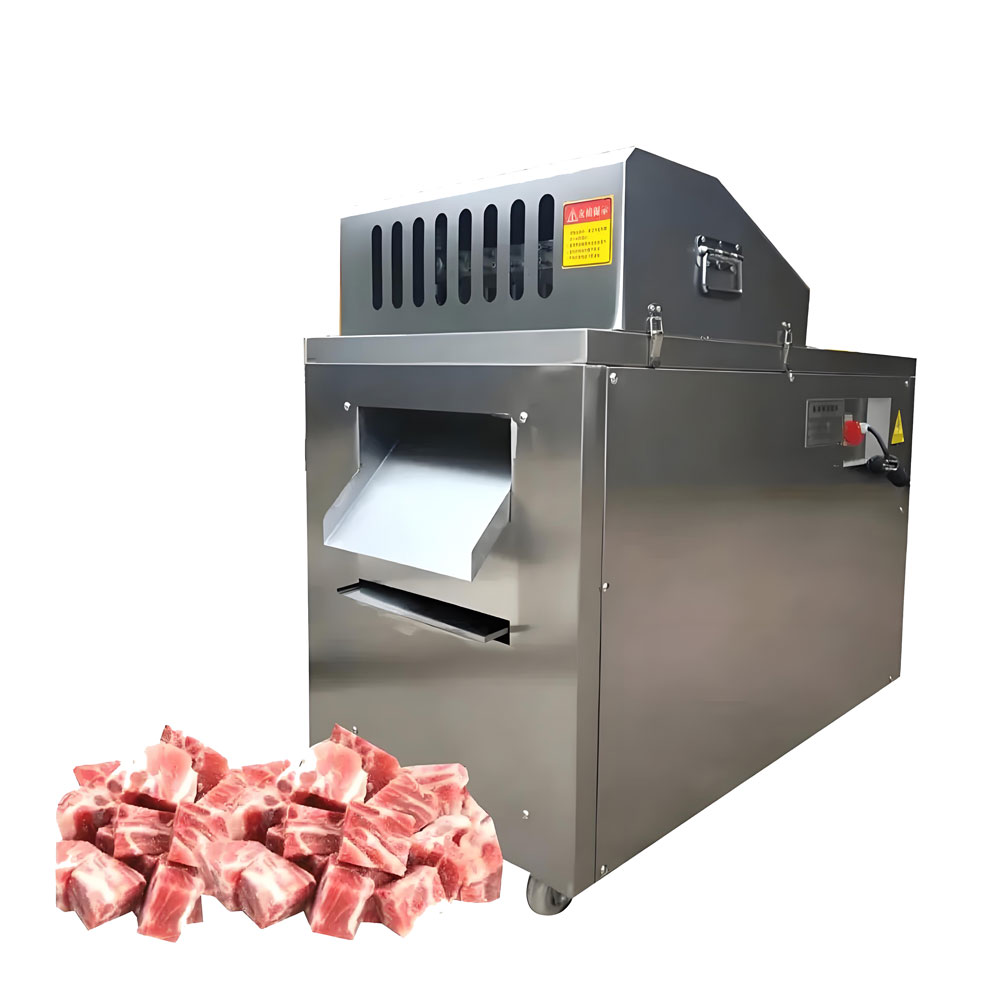
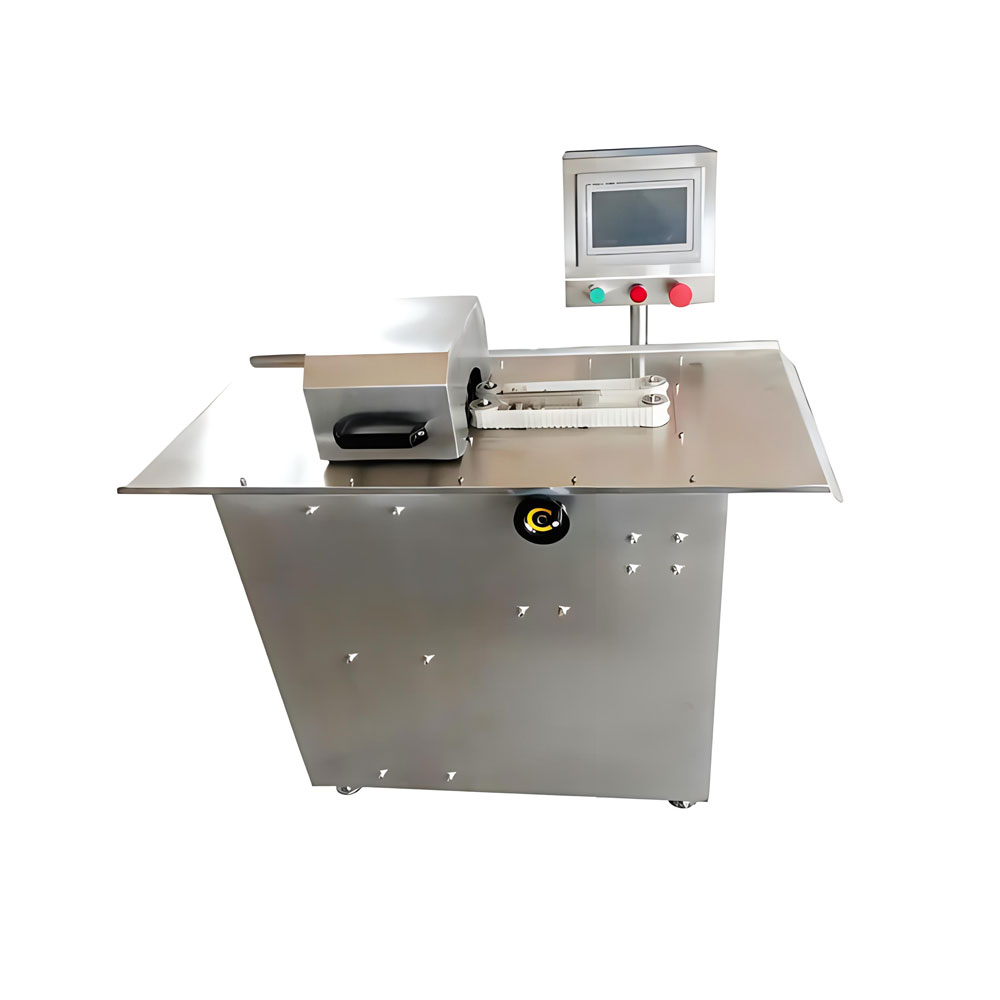
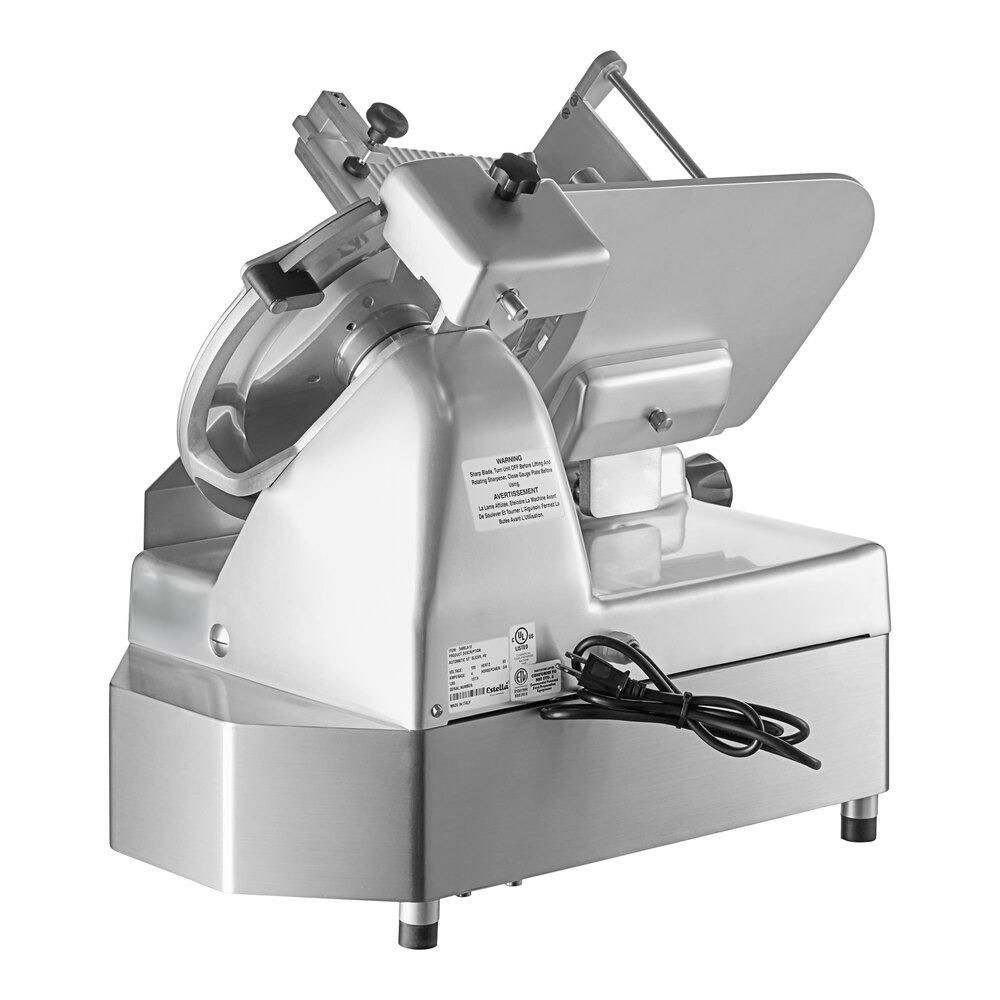
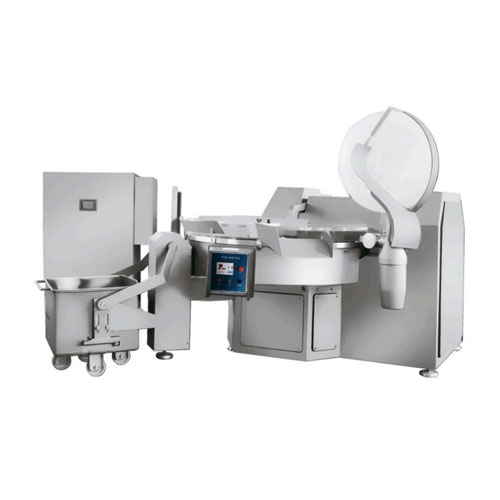
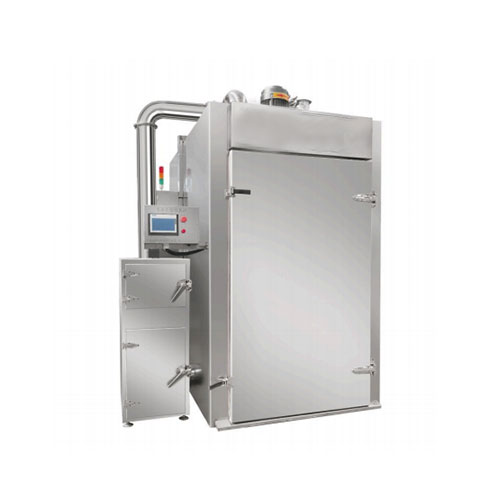
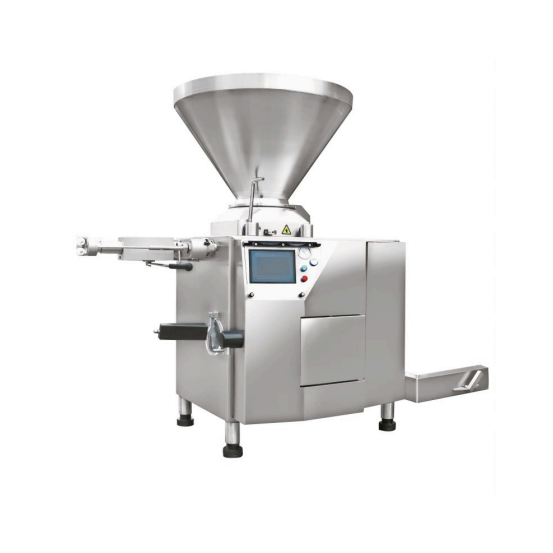
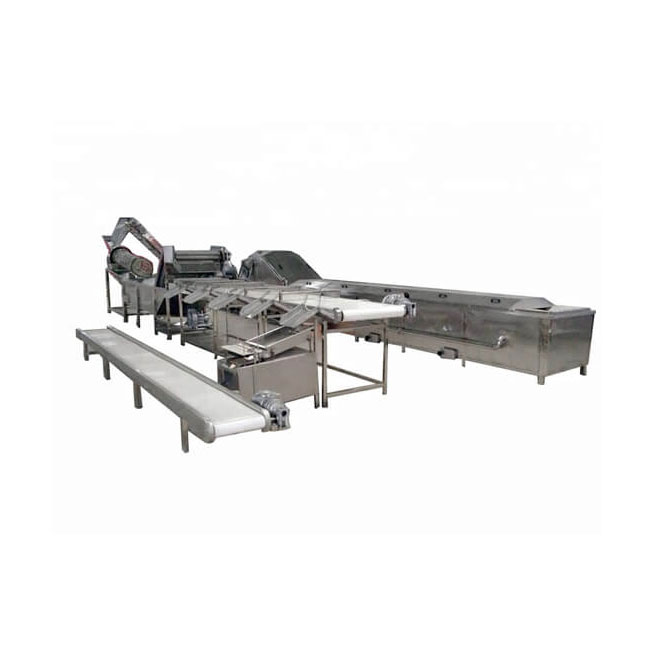
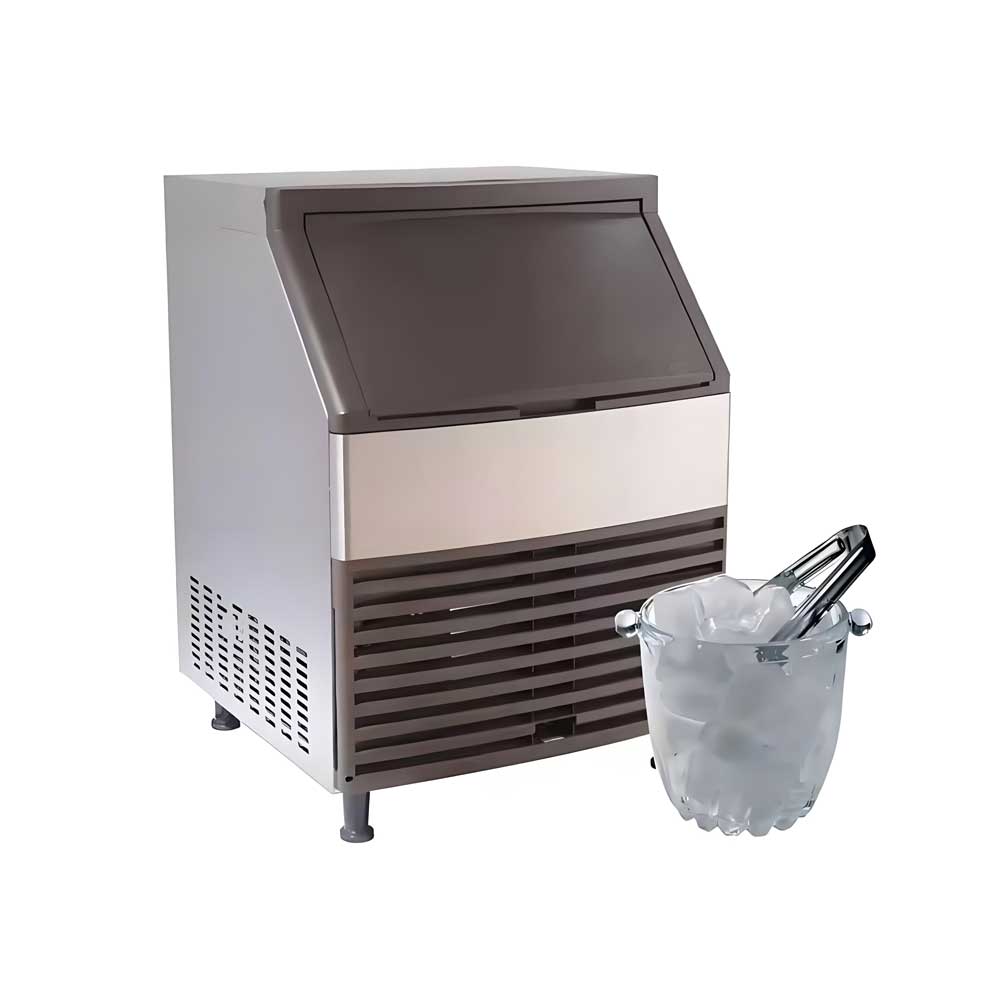
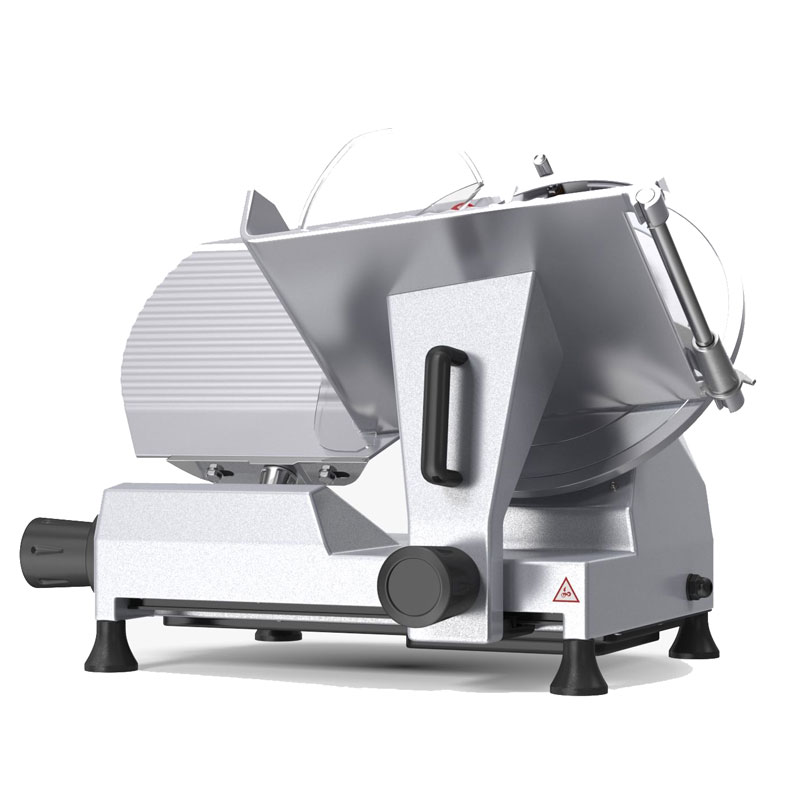 Heavy Duty Meat Slicer Machine
Heavy Duty Meat Slicer Machine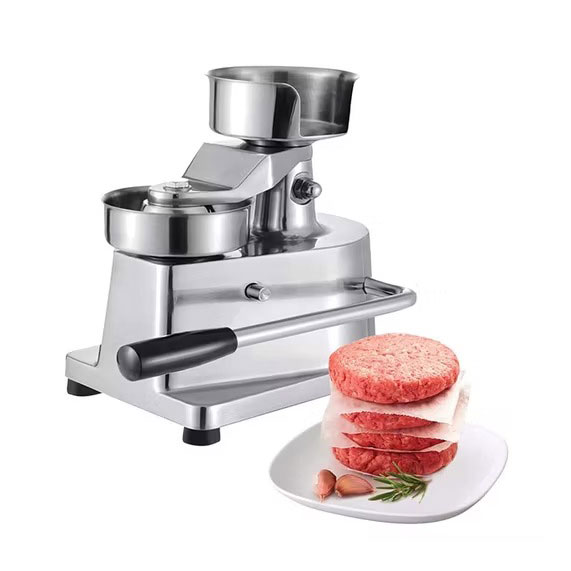 Meat Pie Maker Machine
Meat Pie Maker Machine
Ready to Get Started?